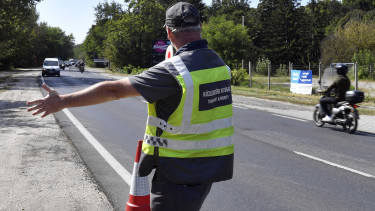High hospitalisations among children in Omicron wave may be linked to lower vaccination rates

While COVID-19 cases spiked, the percentage of hospitalized patients admitted to intensive care units (ICU) during the current Omicron wave was about 29% lower than during last winter's surge and some 26% lower than during the Delta wave, the study published on Tuesday in the U.S. Centers for Disease Control and Prevention's (CDC) Morbidity and Mortality Weekly Report found.
The record number of infections and hospitalisations did strain the US healthcare system, though.
The lower COVID-19 disease severity during the Omicron period is likely related to higher vaccination coverage, booster use among those eligible for the extra shots, as well as prior infections providing some immune protection,
the study said.
Deaths in the period from 19 December to 15 January, when Omicron infections were at a peak, averaged 9 per 1,000 COVID cases, compared to 16 per 1,000 in the previous winter peak and 13 during the Delta wave, the study showed.
The findings were consistent with previous data analyses from South Africa, England and Scotland, where infections from Omicron peaked earlier than in the United States, the CDC said.
Relatively high hospitalisations among children during the Omicron period may be related to lower vaccination rates compared with adults, the agency said.
Children under age 5 are not yet eligible for vaccines in the United States and the rate of vaccination among older children lags that of adults.
The study involved analysis of data from a large healthcare database and three surveillance systems to assess U.S. COVID-19 characteristics from 1 December, 2020 to 15 January, 2022.
The authors said one limitation of the study was that it was unable to exclude incidental infections in which patients admitted for other reasons test positive for COVID while in the hospital. That may inflate hospitalisation-to-case ratios and affect severity indicators.
Although Hungary has enough vaccines to keep vaccinating children against coronavirus, parents are reluctant to ask for the shots.
István György, state secretary in charge of public affairs at the Prime Minister's Office, has said a week ago that children aged 5 to 11 were administered about 67,000 doses of COVID-19 vaccine. This covers slightly more than 10% of the age group. Adults are not exactly enthusiastic about getting their COVID-19 jabs, with about 37% of the population inoculated with three doses.


Cover photo: Getty Images.






